There are many types of arthritis.For example, disease in the hip joint is called coxarthrosis, and disease in the knee is called coxarthrosis.
Treatments for all subtypes are usually the same.However, many people still do not know how to distinguish between arthritis and gonorrhea in the knee joint.
On this basis, many misuses of these terms have emerged in patients with this problem.
reason
Gonorrhea is a disease of the knee joint that causes damage to cartilage tissue.Many people mistakenly believe that this disease only occurs in older people because of its degenerative nature.However, as practice shows, gonorrhea appears more often in young people.
This is confirmed by the causes of the disease:
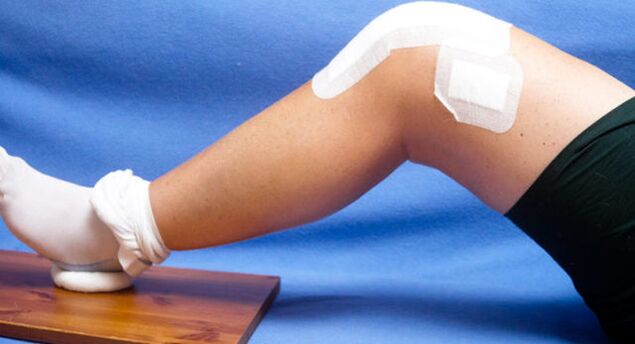
- knee injuries (fractures, dislocations, cracks);
- weight lifting, vigorous physical activity without appropriate training;
- Arthritis caused by exposure to various factors, including hypothermia;
- overweight, as it leads to a large load on the joints and their subsequent degeneration;
- genetic tendency.
As you can see, all the factors that lead to the appearance of gonorrhea are more typical in young people, because they lead an active lifestyle.
Although, due to being overweight, the disease can also appear in retirees.According to statistics, after age 50, gonorrhea occurs more often in women.This is due to the restructuring of the body, changes in metabolic processes.
Principles and types of treatment
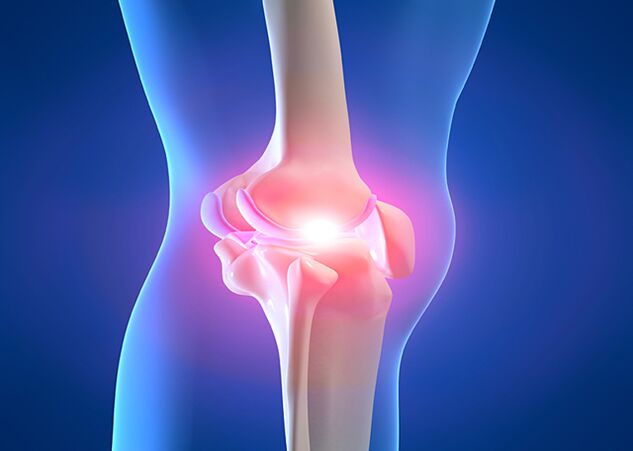
Arthritis in general is a chronic disease so it requires long-term treatment.Treatment may be surgical or conservative.
With both the first and second methods, doctors try to somehow influence the cause of the disease, as well as eliminate the pathological symptoms.
It should be noted that surgical intervention is more typical for stages 3–4 of joint disease.The fourth day is inevitable, and on the third day, you can still try to overcome the illness with conservative methods.
In addition, it is recommended to use special sets of gymnastics, such as the Bubnovsky technique.
In addition to cartilage being destroyed by gonorrhea, muscle fibers and ligaments are also easily destroyed.The goals of treatment are:
- pain relief;
- eliminate inflammation;
- eliminates edema around the joints;
- prevents the destruction of cartilage, completely or partially restores cartilage;
- return to a full life and freedom of movement.
Even in cases where a person cannot be completely cured of knee arthritis, he or she can return to a somewhat normal lifestyle through therapy and prevention.This condition lasts until the next recurrence.
Conservative method
This method of therapy is used in most cases and is the main method.As a rule, patients are treated in this way in the early and middle stages of gonorrhea.All actions related to the use of drugs (tablets, capsules, injections) with chemical active substances.
The following may be prescribed for treatment:
- anus;
- chondroprotector;
- non-steroidal drugs;
- prosthetic joint;
- glucocorticosteroids.

Other conservative methods include treatment with various ointments, mud baths, etc.
Recently, gymnastics and light physical exercises have become very popular for stopping the disease process or the patient's ability to recover.
The body reacts strongly to nonsteroidal drugs.However, they are widely used in the treatment of joint diseases due to their multifunctional effects:
- eliminate swelling in joints;
- pain relief;
- Treatment of inflammatory processes.
Because of these properties, doctors are increasingly choosing these drugs over traditional pain relievers.
Glucocorticosteroids are synthetic medications that can replace natural hormones produced by the adrenal glands.If we compare them with non-steroidal drugs, glucocorticosteroids are much stronger.In addition, they also have anti-allergic effects.
Chondroprotectors act directly on cartilage and are a completely safe treatment for knee arthritis (gonorrhea).They are obtained from the bone structure of animals, fish cartilage and crustacean shells.Drugs are building materials for cartilage, they improve metabolism and proper nutrition of the joints.
In addition to using medicine, the process of treatment, recovery and disease prevention is also regulated as follows:
- physical therapy;
- physical therapy;
- various massages;
- Visit sanatoriums and resorts.
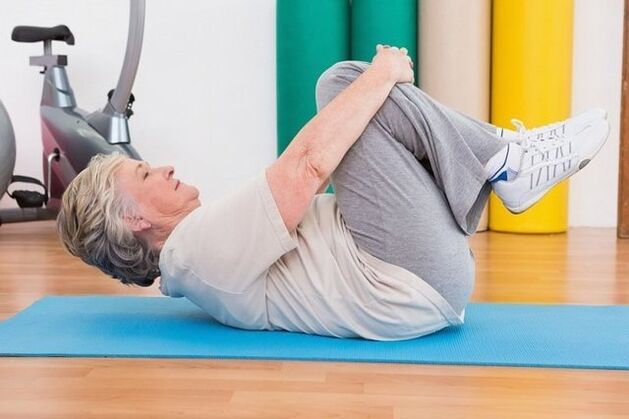
All this allows the patient to return to normal life and correct the results obtained by conservative treatment methods.
Furthermore, the classes are very easy.A very useful exercise for gonorrhea knees is to roll a ball placed on the floor or another cylindrical object, such as a rolling pin, with your foot.
Surgical intervention
If the disease cannot be cured with medication or therapeutic exercises, surgery is needed.It can be performed on both open and closed joints.At the same time, surgical methods are being improved every day, and new methods are added to previous ones, performed using modern equipment.
New methods of conducting operations include:
- Microsurgical intervention to restore damaged cartilage tissue;
- treatment with a laser beam with the necessary characteristics - thickness, power, etc.;
- generates an electrolytic plasma field 1 mm thick;
- arthroscopy;
- arthroscopy - replacement of parts of the joint with an artificial prosthesis.
Modern surgical methods are less traumatic and allow for a variety of manipulations with the joint.

Traditional medicine recipes
Conservative treatment methods do not always yield maximum results in treating gonorrhea.Traditional medicine recipes can be used as a complementary remedy.
To get rid of knee pain and brittleness, you can use the following recipe:
- 150 g garlic;
- 4 lemons with peel;
- 250 g celery root.
Grind all ingredients in a meat grinder, mix and pour boiling water.Then put in pot, cover tightly and let cool.Take 60-70 g 3 times a day for a month.If pain appears, you can repeat the course or do it every six months for prevention.
You can also use this formula:
- beat two eggs and mix with 4 tablespoons of salt;
- Apply the mixture to the bandage and apply it to the painful area.
The procedure must be repeated two times in a row.Do not remove the bandage until the mixture is dry.
To make a healing ointment, you will need the following ingredients:
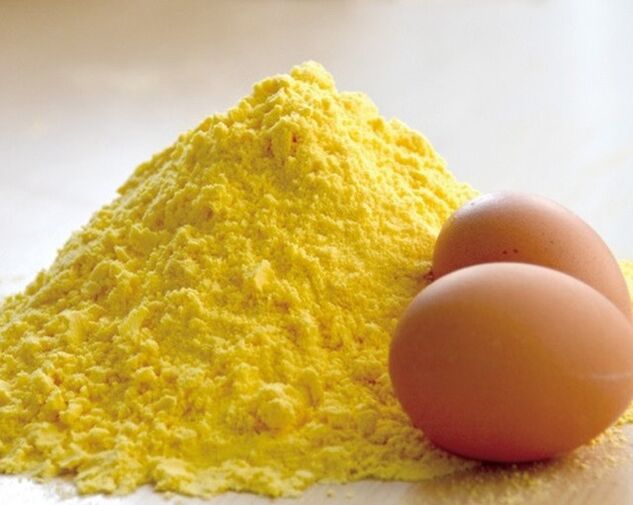
- 200 g of wine;
- 4 egg whites;
- camphor 50 g;
- 50g mustard powder.
Add mustard and camphor alternately to the wine.Beat egg whites into another box and mix well.Ointment is applied to the painful area.
Of course, heavy physical activity in athletes is a common cause of gonorrhea as is aging of the joints over time.
But recently, cases of the disease appearing without an underlying cause have become more frequent.On the contrary, people lead a sedentary lifestyle, which is why they gain extra weight.
The load on the joints increases and prevents them from staying healthy for a long time.
Difference between arthritis and gonorrhea
Not everyone understands the difference between gonorrhea and knee arthritis.Gonorrhea is characterized only by damage to the knees, while arthropathy is the name for a group of joint diseases that can affect any joint.
In medical theory, there are many diseases whose names contain the part "arthrosis" - osteoarthritis, polyarthritis, coxarthrosis, gonarthrosis.Regarding this issue, ignorant people do not always understand the correct meaning of each word but think that they are all synonyms.
Gonorrhea can easily be confused with the following diseases:
- arthritis;
- vascular pain in the knee;
- periarthritis - knee tendinitis;
- meniscus damage.
But it is still possible to distinguish gonorrhea from these diseases.For example, damage to the articular cartilage (meniscal disease) is a disease that begins with sudden and sharp pain in the knee after unsuccessful movement, and gonorrhea develops and progresses over the years.If meniscus is not treated, pain will occur occasionally but the bones will not be deformed.
With coxarthrosis (hip disease), people often feel reflex pain in the knee, but the two diseases can be distinguished from each other in the following ways:
- with gonorrhea, a person can calmly move his legs at the hip joints, spreading them apart;
- In contrast, with coxarthrosis, the patient can freely bend and straighten the knee;
- If we feel pain in both joints, we can assume that this is polyarthritis.
Arthritis is characterized by joint inflammation and sudden onset, but the pain does not affect joint mobility (like periarthritis) and is relieved by warming ointments.When suffering from this disease, swelling, high fever and increasing pain at night will appear.
Vascular pain occurs due to circulatory disorders - this condition usually affects young people under 20 years of age.This is due to the rapid growth of the entire organism.
Thus, arthritis is the general name of the disease, while gonorrhea is the name for the location (knee).That is why it is correct to say “knee arthritis” or “gonorrhea” and not “knee gonorrhea”.And it is entirely possible to determine the correct diagnosis through careful research and personal observation.
Knee arthritis (Gonarthrosis): diagnosis and treatment
The knee joint is an amazing flexion-extension mechanism that nature has given us.At rest, it only occurs in disabled people and people who are too obese and have lost the ability to move.
Counting how many times he moves during the day, you will come to the conclusion that the knee is the most mobile part of the joint.No wonder illness often chooses him as its target.
One of them is gonorrhea or knee arthritis.

Causes of knee osteoarthritis
It's difficult to say what causes early cartilage deficiency in some people.It is generally believed that the cause is a metabolic disorder, in which the metabolism of amino acids and important trace elements occurs slowly or incorrectly.
On the contrary, here are the following reasons to blame:
- Certain immune-related diseases (eg, rheumatoid arthritis)
- Not taking yourself seriously: Sports and exercise, nutritious nutrition full of vitamins, amino acids and minerals are often pushed aside by those far away “later” (“Of course I'll start on Monday”)
- From birth, the natural balance is disturbed - the so-called genetic causes.It's quite easy to verify your genetic predisposition: look at what diseases your grandparents had and ask them what diseases their ancestors had.
- Hormonal balance disorders: such disorders especially affect the female body during the period of estrogen deficiency, an important hormone necessary for bone synthesis.It is not without reason that most of the victims of arthritis are women at a wonderful age of maturity, when they are not old but already have wisdom, that is, at the threshold "over 50".
- Vascular diseases: Arthritis is often associated with venous insufficiency, venous thrombosis and other diseases
- Mental state: If you think stress only ruins your mood, you're wrong - stress can slow your metabolism to a state of suspended animation.
- The risk factor for joint disease is being overweight
What symptoms allow one to suspect this bad pathology?
Symptoms of gonorrhea by stage
Each stage has its own distinct characteristics, but they are united by the gradual development of the disease:
You cannot stop walking suddenly because of pain: sudden, severe pain in the knee is most likely a sign of injury.
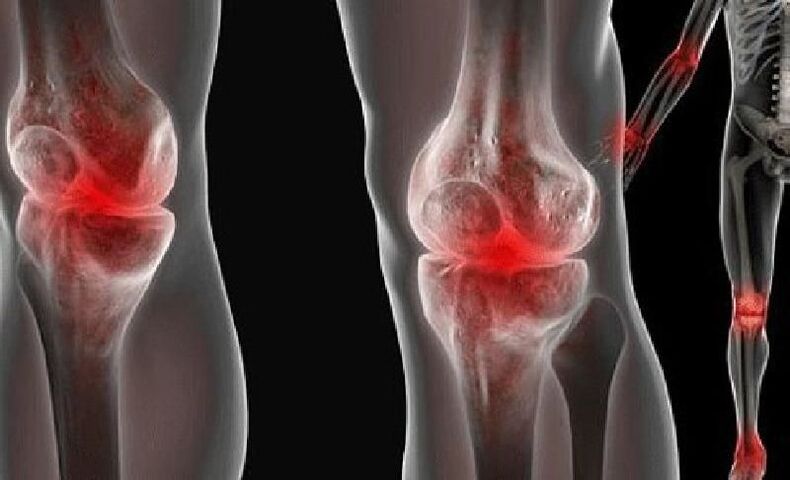
First stage.In the first stage, the following symptoms occur:
- Mild pain after long walks, climbing stairs, etc.
- Joint stiffness after rest
- The knee is not deformed but may be slightly swollen due to fluid buildup: this is called synovitis.Fluid can even accumulate in the posterior part - the popliteal fossa, forming a cyst, which is often mistaken for a cancerous tumor by frightened patients.Cysts usually heal easily after treatment with NSAID (nonsteroidal anti-inflammatory drug) injections or glucocorticosteroids
Second stage
In the second stage, the following signs are noticed:
- The pain increases after exercise and movement and a characteristic rough, crunching feeling appears
- Increased morning stiffness
- Full or even 90-degree movements are accompanied by pain, sometimes so strong that they cannot be completed.
- Due to the onset of deformation, the bones thicken and become rough - this can be determined by palpation
- Synovitis may get worse
Third stage
In the third stage, which has been identified as late deforming arthritis of the knee joint, symptoms appear:
- Constant pain that doesn't go away even at night: Knees ache and toss and turn, especially when the weather is cold and humid
- Sharp reduction in range of motion: no more than 90 degrees or even less
- Change in gait: the patient begins to limp, walk slowly with a half-bent leg, waddle, and walk up steps with particular difficulty.
- Severe deformities are visible when mixing the axes of the joints - as a result, the leg takes on the shape of the letter “X” or “O” (such signs are called hallux valgus).
- At this stage, cartilage, as a rule, is completely destroyed and ossification (ossification) occurs in the ligaments.
- Then, the surface of the joint becomes overly calcium-accumulated, which is why the knee has a rough, uneven appearance.
- Due to severe deformity and lack of synovial fluid, movement in the knee becomes extremely painful.
- Gradually, the knee becomes almost completely immobilized - the knee joint becomes deformed late
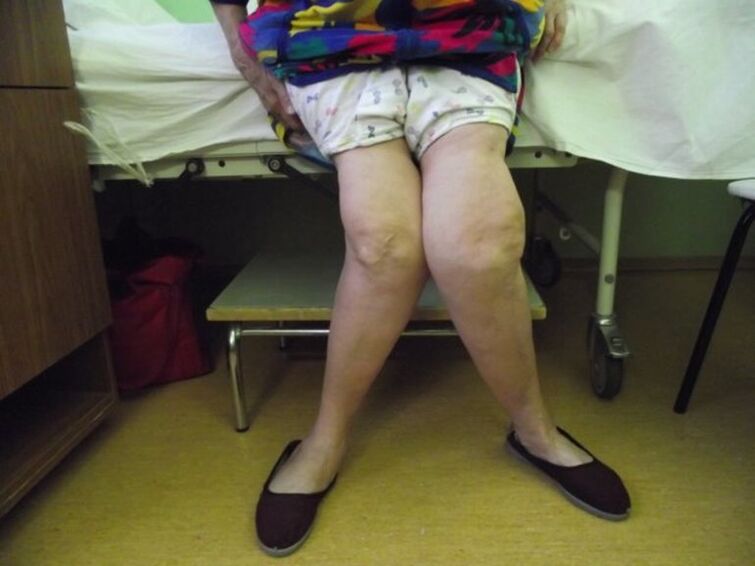
Treatment of gonorrhea
Treatment of this disease is complex and lengthy, only effective in the early stages.Later, conservative treatment only plays a role in alleviating the patient's condition.
Diagnose.An important preliminary stage is diagnosis.
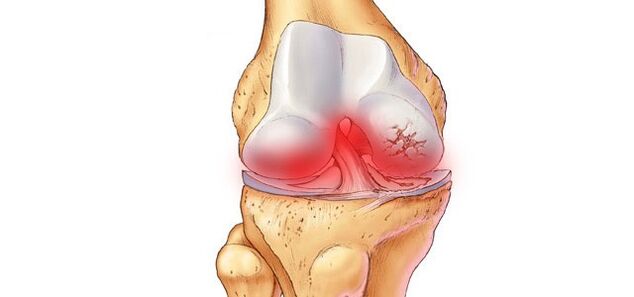
- The best way to diagnose and determine whether the pain is due to injury or arthritis is to have an X-ray or MRI of the knee.
- Arthritis is diagnosed if: degeneration or absence of cartilage tissue and a small space between the joint and the joint capsule are seen.
Conservative treatment
During an exacerbation, the most important conditions for treatment are:
- Maintain rest and light exercise
- Taking painkillers (for severe pain - in the form of injections into the joint)
- In the third and fourth stages of arthritis, injections of fluids to lubricate the joints are also prescribed.
For gonorrhea, the following types of physical therapy are effective:
- SWT (shock wave therapy)
- electrical muscle stimulation
- acupuncture
- magnetic field therapy
- radio frequency therapy, etc.
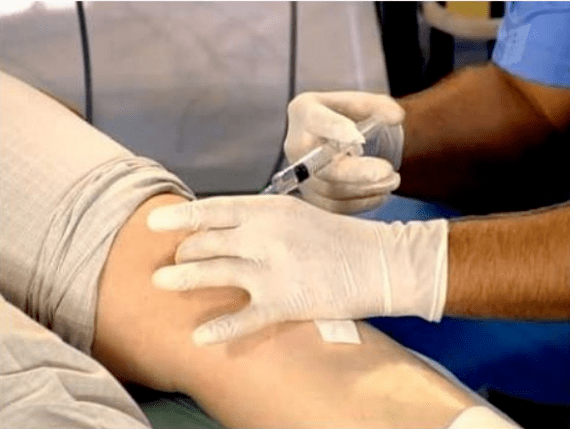
Rehabilitation treatment
To avoid contractures and even greater immobility, knee exercises should be started immediately after the acute pain subsides - for this case, exercise therapy is prescribed under the supervision of a rehabilitation specialist.Long-term cyclic use of substitutes for natural components of cartilage - chondroprotectors - is also practiced.
Attention: At the third level, knee arthritis cannot be cured with chondroprotective drugs.
Surgical treatment
Effective treatment of late arthritis is only with surgery - replacing a joint that has lost function with a prosthetic joint.
However, we must remember:
- In old age, the healing process of the prosthetic leg is slower
- There may be pain for a year after surgery
- requires long-term rehabilitation with comprehensive mechanical and exercise therapy
If the patient refuses surgery, conservative supportive treatment is indicated, the purpose of which is to prevent pain and preserve knee function.
What is knee arthritis often confused with gonorrhea?
- When diagnosing gonorrheaErrors occur as often, if not more often, than hip diagnoses.
- Below is a list of diseases most commonly confused with knee arthritis (gonarthrosis).
- From the practice of Dr. Evdokimenko,Often, knee arthritis is confused with the following diseases:
Damage to the meniscus (meniscal disease) and obstruction of the knee joint
Meniscal injuries and knee impingement occur in all ages, young and old.Men and women get sick equally often.Usually one knee joint is damaged.
Unlike gonorrhea, the disease develops rapidly.As a rule, after making an unsuccessful movement when walking, running or jumping, a person hears a crunch in the knee and feels acute pain in the joint.After 10–15 minutes, the acute pain subsides and the patient can move.But the next day or the day after, the knee swells again and the pain becomes more intense.
Without proper treatment, the disease will continue for many years - the pain subsides or reappears.But compared with gonorrhea, meniscus rarely causes knee bone deformity - unless damage to the meniscus causes the development of knee arthritis.And this, it should be noted, also happens quite often.
Hip arthritis (coxarthrosis)
The diagnosis of “gonorrhea” is often confused with “referred” pain, which often occurs with hip arthritis and extends from the hip joint to the knee.
But these conditions are easy to distinguish - with hip arthritis, knee mobility is not reduced, the knee can bend and straighten easily and without pain.
But the ability of a person with hip arthritis to rotate his legs "from the hips" and spread them to the sides is sharply reduced.
On the contrary, people with gonorrhea easily turn their legs from the hips and easily spread their legs to the sides.But he bent his knees with difficulty and squatted down in pain.
Arthritis
The knee joint is the most vulnerable joint of the human body.In addition to arthrosis and meniscus disease, the knee joint can be affected by any of the inflammatory arthritis diseases described in the second part of the book - reactive, rheumatoid, psoriasis, gout, ankylosing spondylitis and rheumatism.
Arthritis affects people of all ages, but the disease often begins in young people.
With arthritis, one or both knees may become inflamed.
The characteristic feature of knee arthritis is its rapid onset (within 1–3 days), with obvious knee swelling, as well as increased pain in the affected joint at night (around 3–4 am).That is, the pain at night, at rest, can be stronger when walking.With arthritis, as you remember, the pain subsides at night.
Additionally, almost all arthritis results in inflammation of not one but several joints at once: in addition to the knee, the joints of the fingers and toes, the elbow joints, ankle joints, and Achilles tendons are all inflamed and swollen in any combination.
Vascular pain in the knee
The pain that arises due to poor blood circulation in the knee joint is familiar to many people.They often begin in adolescence, a period of active growth - because blood vessel development in fast-growing adolescents often cannot keep up with rapid bone growth.
Once it occurs, vascular pain in the knee can stay with a person for most of their life.But their intensity usually decreases after 18–20 years (and does not increase with age, as happens with arthritis).And unlike joint pain, vascular pain in the knee is not accompanied by a decrease in knee joint mobility.
The pain is often symmetrical, meaning it is equally pronounced in the right and left knees;occurs when the weather changes, when it's cold, when you have a cold, and after physical activity.At such times, sufferers complain that their knees are “twisted.”
In most cases, vascular pain in the knee can be easily eliminated by applying warm ointments, massaging and self-massage (vigorously rubbing the knee) or taking vasodilators.No special treatment is needed for this condition.
Knee tendinitis (anserina bursitis)
The majority of women are affected, most commonly over the age of 40. The pain often occurs when going down stairs or when carrying heavy objects or heavy bags.When walking calmly on a flat surface, pain is extremely rare.
The pain from periarthritis does not extend to the entire knee.It focuses only on the inside of the knee, about 3- below the point where the knee will touch when you bring your legs together.And unlike arthritis, periarthritis does not limit knee mobility;The leg is fully bent and straightened at the knee as expected.


































